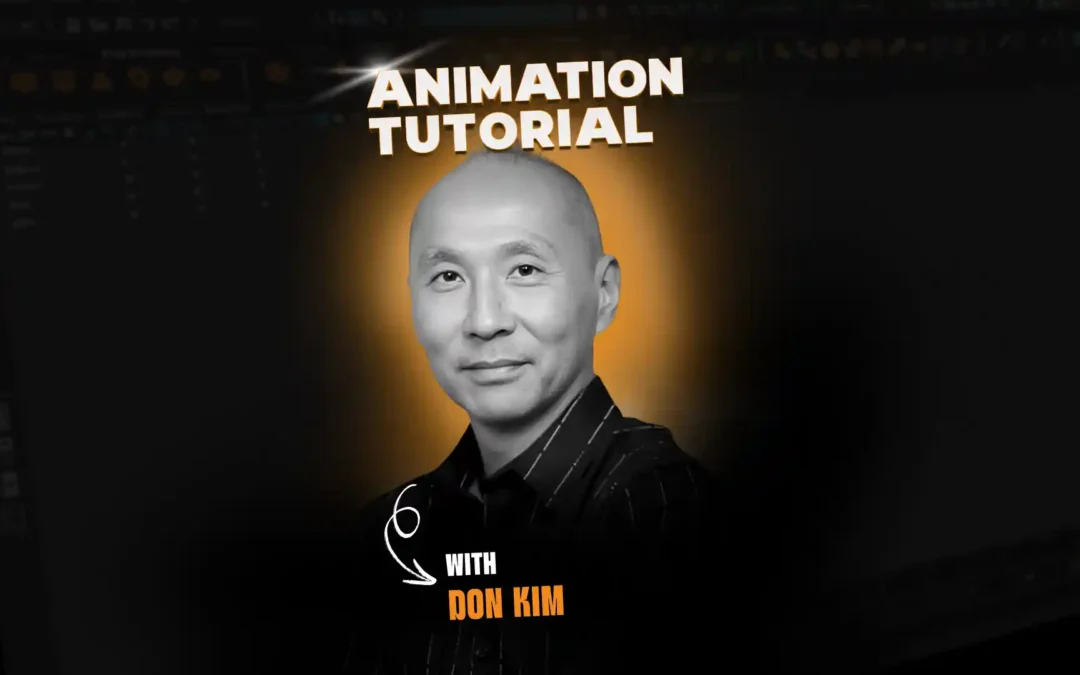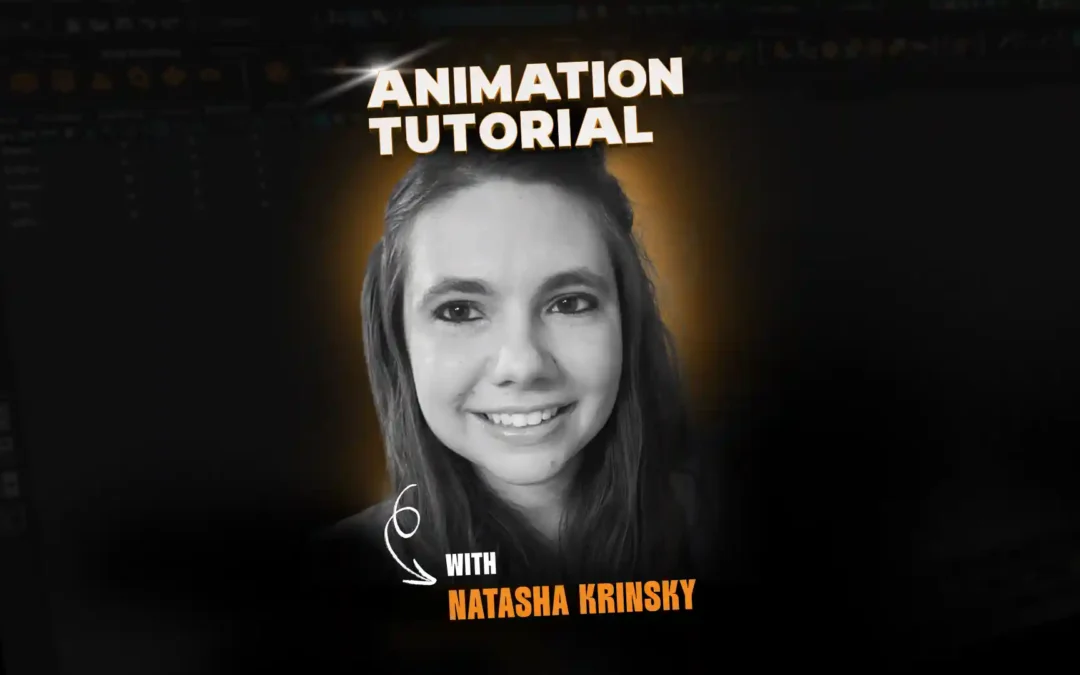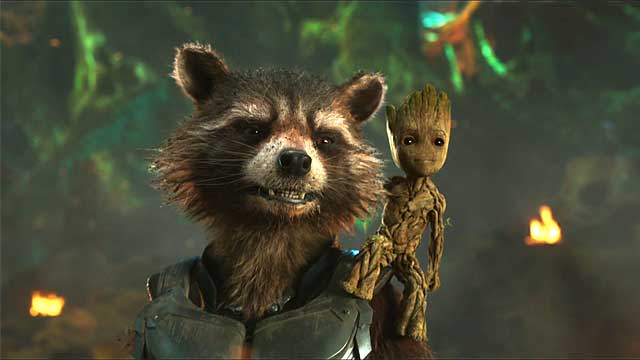
At age 32, Alvise Avati decided to switch careers and become an animator. Now he has films like Guardians of the Galaxy Vol. 2, Star Wars: The Force Awakens, Avatar, and King Kong on his resume. Learn more about Alvise’s unique journey and get some great tips on getting your creature animation skills blockbuster ready!
-The Animation Mentor Crew
Animation Mentor: You’ve followed a bit of a different path than most animators. Tell us about what you were doing before, your journey, and what prompted you to explore the world of animation.
Alvise Avati: I’d like to start by saying that one of the first 3D animation software applications ever created for a PC (3D Studio 1.0 from Autodesk) came out in 1990, and at that time I was 19 years old. I was studying architecture at Liceo Artistico Donatello- Roma in Italy, and at the same time I was trying to get into the the comics industry. I wanted to become a comic book artist.
One day, I saw a compilation of computer-animated short films on TV—Luxo Jr. from Pixar and some other stuff from PDI and probably from R&H—and I decided that my future would be in computer graphics. I didn’t realize I wanted to be an animator yet, I just wanted to create moving images to tell stories—my stories.
Luxo Jr., a 1986 short by Pixar
I asked my mum and dad to buy me a computer, then I started learning 3D Studio 1.0 from Autodesk. Probably less than a year later I got my first job as a generalist computer artist, which means I was doing a little bit of everything, from modeling to texturing, lighting, rendering, and probably a bit of animation too.
I must say that my artistic background—I studied fine arts in college and at university—helped me in finding a job because most of the computer artists at that time were tech geeks without many artistic skills.
AM: You’ve worked on incredible films such as Star Wars: The Force Awakens, The Avengers: Age of Ultron, Avatar, and many more! What was the most challenging shot you’ve ever worked on, and what did you learn from it?
Alvise: The most challenging shot was probably a small sequence I blocked out for Avatar when I was at Weta Digital. The sequence was showing Neytiri riding the Thanator, the big black panther, and fighting a bunch of AMP suit robots.
It was challenging for a few reasons:
- It was a very long piece of animation.
- Thanator is a 6-legged creature, which made it even more complicated to animate in a natural and believable way.
- Working for James Cameron is always challenging 🙂
I believe the main lesson I’ve learned from that experience is that to properly animate quadrupeds—or hexapods in this case—you have to watch and study a lot, I mean a LOT of references. If I had to animate that sequence again today, I would probably spend much more time finding good animal references before I started animating.
Avatar shot and more from Alvise Avati’s Showreel
Also, I’ve learned that when directors look at an animated sequence, especially when they see it for the first time, they look at the whole thing. They don’t get impressed by the animation of a single shot. They look at it holistically to understand if the sequence is telling the story they want to tell. Animators can sometimes forget the big picture and get stuck in the smaller details like a single gesture, a small movement, or a single pose. I’ve learned that details are very important but they come after other things. The big picture comes first, then the details.
Anyway, a large part of that sequence I blocked out for Avatar didn’t end up in the movie because Cameron eventually wanted something different. But that happens when your scene is part of a larger whole!
AM: What bits are you working on for Guardians of the Galaxy Vol. 2, and what’s been your favorite part?
Alvise: I’m leading the first sequence of the movie. I can’t talk much about it, but I can say that it’s something quite different from what people usually see in a movie, especially at the beginning.
I’m very proud of what we did, and I’m sure the audience will love it. Arslan Elver, an Animation Mentor veteran, is the animation supervisor here at Framestore London, and he did a fantastic job.
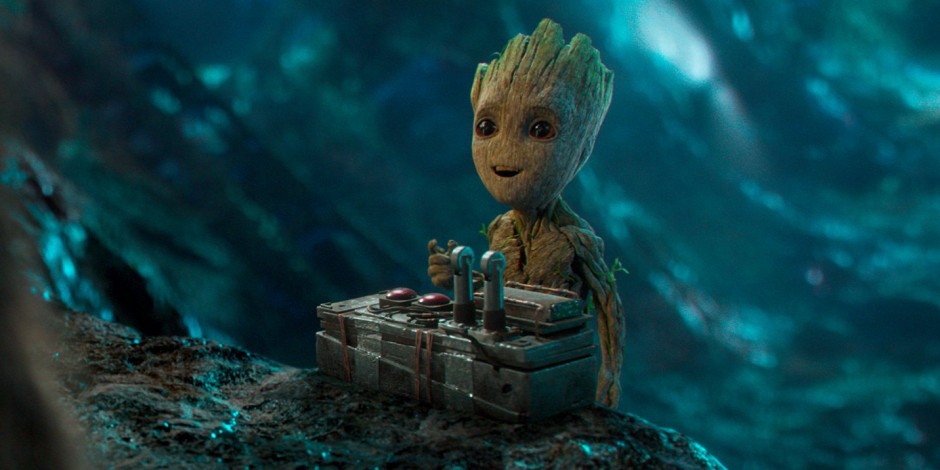
Guardians of the Galaxy Vol. 2 © Marvel Studios
I’m also animating a 576-frame shot, which includes all the main characters and more: Rocket, Baby Groot, monsters, digi-doubles, etc. It’s a massive shot and probably one of the hardest shots I’ve ever animated. Also, when you are leading—which basically means helping others with their shots and looking after all the problems related with that sequence animation-wise—you don’t have 8 hours a day to spend on your own shots. Sometimes I come to work earlier in the morning or I stay late at night just to be able to animate my shots.
Animators can sometimes forget the big picture and get stuck in the smaller details like a single gesture, a small movement, or a single pose. Details are very important but they come after other things. The big picture comes first, then the details.
AM: Who mentored you when you were learning animation? How has that influenced your own mentoring style?
Alvise: Unfortunately, I didn’t have a real mentor because there was no animation school back in 1990 in Italy. I studied animation at home by myself.
My first real mentor was Atsushi Sato when I was at Weta Digital working on Peter Jackson’s King Kong. That was my first gig as a professional animator at 33 years old. Atsushi Sato helped me a lot, teaching me about body mechanics and other important things that you can’t learn from books.
King Kong shots from Alvise’s Showreel
I believe the best way to learn animation is to animate a shot and then have a very experienced animator tell you where, why, and how to fix your animation. That’s what worked for me, and that’s what I try to do with my students at Animation Mentor. I try to explain why something doesn’t work before suggesting how to fix it. If students understand the few principles behind body mechanics, then it will become easier for them to analyze video references and understand why the body moves the way it does. That’s how they’ll improve.
If you fully understand how body mechanics work, then you might not even need to use references for certain performances. But, of course, it never hurts!
AM: What do you find unique about creature animation in particular? What do animators need to know to excel in working on creatures and animals?
Alvise: Creature animation means a very wide variety of animation techniques. It can be a photorealistic animal movement like the beautiful tiger of Life of Pi or it can be a six-stories-tall alien monster destroying the city of Tokyo, like the fantastic kaiju of Pacific Rim. Either way, you need some great body mechanics animation skills to do a good job.
What really makes the difference, though, are those extra little touches the animator adds at the end of the work that makes the shot look even better—that make it special or unique. It’s those subtle details and that extra attention that can make the difference between a good shot and an amazing shot.
I believe that to excel in your work you have to add some extra care and magic, which is something that comes only with time and experience. Of course, it doesn’t happen every time…then it wouldn’t be so special! 🙂
AM: What advice would you give to students considering adding creature animation to their demo reels? What skills should they focus on most?
Alvise: Body mechanics is the most important thing in creature animation. The body mechanics have to look 99.99% believable, otherwise it will be distracting, and the audience will notice! But this is only part of the job of a creature animator, because the shot you’re animating also has to look interesting, entertaining, and appealing.
I believe the main lesson I’ve learned is that to properly animate quadrupeds—or hexapods in this case—you have to watch and study a lot, I mean a LOT of animal references.
So my advice is to spend a lot of time on body mechanics but also on the performance. You can animate a lion jumping off a cliff in many different ways and all might be technically correct, but only few of them will truly stand out from the others as exceptional. As animators, we need to understand what makes a movement stand out more than another so we’re always engaging the audience with the best possible shot.
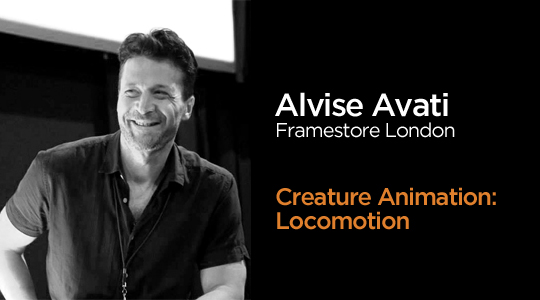
Want to learn from professional animators like Alvise?
Get your skills blockbuster ready with our Creature Animation Workshops! Learn more about body mechanics and how to animate realistic creatures in Creature Animation: Locomotion.
We constantly have recruiters asking us to recommend great creature animators. We’d love to recommend you someday!
